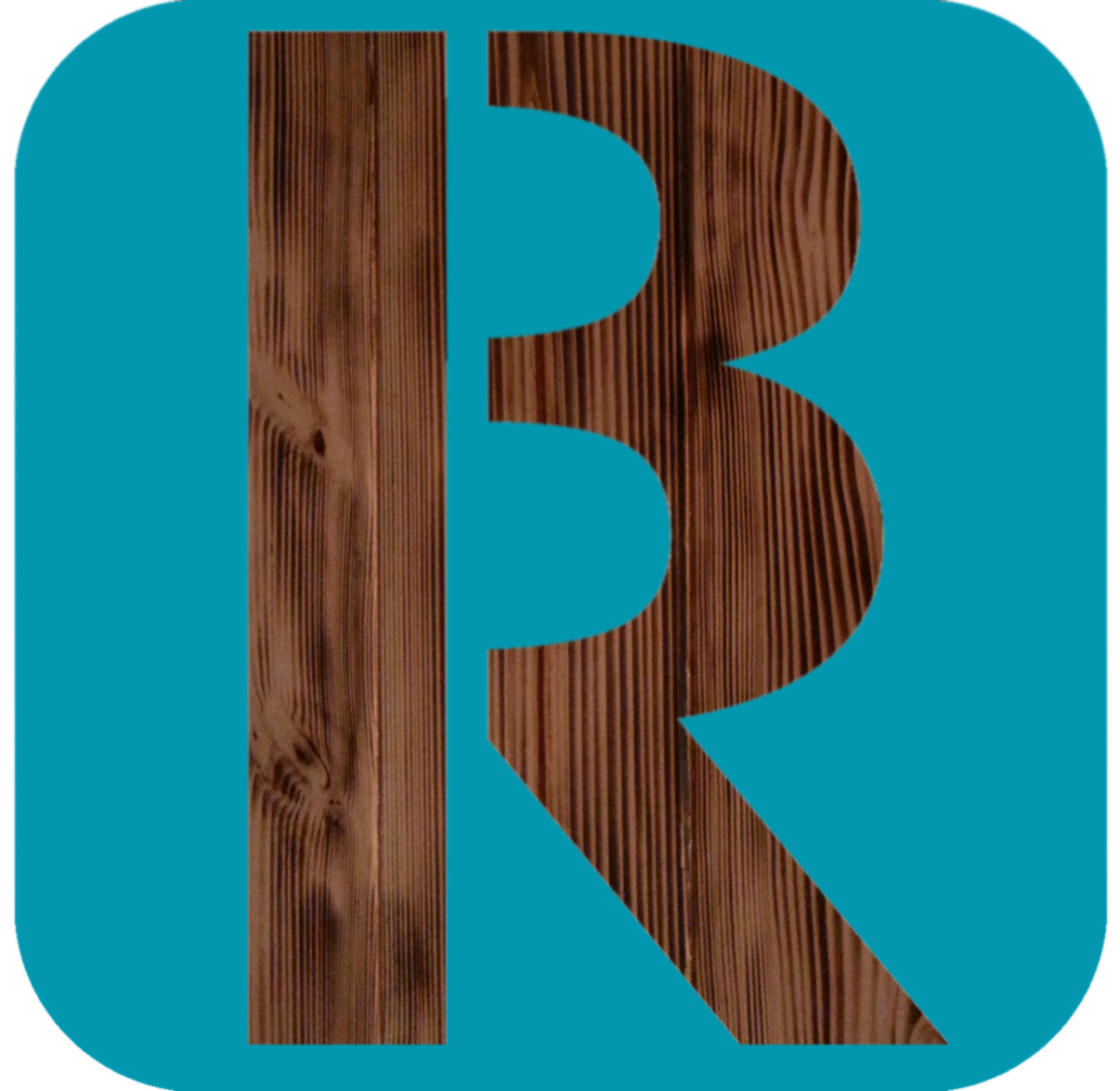Fruitvale Neighborhood Ethnography
As part of a Cultural Landscapes course I took while studying Urban Design at Berkeley, I undertook a Neighborhood Ethnography of Oakland's Fruitvale district.
This project spanned an entire semester of research including:
Comparative analysis
Contextual inquiry
Use-pattern Mapping
Stakeholder Interviews
A mural adorns a wall along International Boulevard
Contextualizing Research
My research began with a broad survey of pertinent literature and synthesizing the research already conducted on: Chicano cultural landscapes, Mexican vernacular architecture and urban patterns, and the history of Fruitvale and its Latino population.
A diagram of typical Mexican housing patterns
Quantitative Research
Data Analysis
My research continued with procuring and processing large data sets provided by the US census, local government, and area non-profits. Using Arc GIS to visualize the information, I was then able to compare and contrast the data to other local neighborhoods, Latino neighborhoods in other cities, and the findings of other researchers.
Owner-occupied properties in the Fruitvale area
Pattern Mapping
Once I had a good idea of the demographic shape of the neighborhood, I began to look for ways those demographics might become evident in the environment. After spending some time exploring the neighborhood, I began recognizing sets of subtle patterns and started mapping them as I encountered them. Later, I analyzed the maps, and chose locations to return to at different days and times to see what additional use cases might manifest there.
Murals seen on a school wall with St. Elizabeth Church in the background
Qualitative Research
Contextual Inquiry
To understand the way residents were using space in their neighborhood, I spent several days immersing myself in the context of the neighborhood, eating in its restaurants, shopping in its stores, and walking its streets. I took photographs, chatted with shopkeepers, and jotted down notes on the way residents used and interacted with their neighborhood.
3 layers of fencing surround a home in the Fruitvale district
Stakeholder Interviews
In addition to the informal chats I enjoyed with various residents as I meandered through the neighborhood, I also spent time conducting structured interviews with various cultural informants who had emigrated from Mexico. Interviewees were first asked to provide some context on their relationship to the area, and then were asked to discuss a series of images I had captured during my research.
El Dia de Los Muertos is celebrated in Fruitvale's transit village
Key Findings
In my research I found that the cultural ideas brought North from Mexico by many residents of Fruitvale are overlaid on the American built environment that they encountered upon arrival. The resulting cultural landscape is a classic example of urban users interacting with a system that is not optimized for their goals. Certain work-arounds and bricolage visible in the landscape are strikingly similar to other Chicano landscapes, yet Fruitvale retains its own unique sense of place. Its active public spaces and robust street life are direct descendants of the Mexican cultural memory of plazas and streets as the site of commerce and social life. Mexican ideas about the home and its role in connecting with community and family members, make yards, porches, and front fences in Fruitvale social hubs where friends and neighbors interact daily, very different from the typically sterile front yards of most American neighborhoods where front yards are impersonal and perpetually unoccupied. The unique set of user goals pursued by Fruitvale's residents in their engagement with their neighborhood require a different approach from urban designers and planners. The focus of my research was to help guide them in this endeavor. To read the full paper click here.
When I'm not synthesizing research, I like to make things with my hands. Not your speed? You can always go home again.





